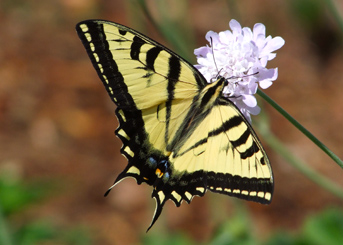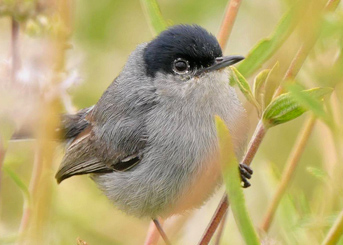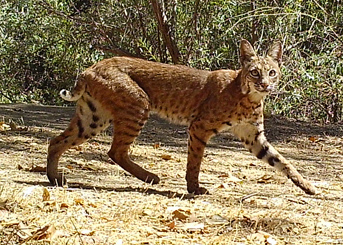Wildlife in metropolitan Los Angeles now have an underpass designed and built exclusively for their safe passage under a busy boulevard. The underpass supports the longevity of the Puente-Chino Hills Wildlife Corridor (Corridor). The Corridor contains some of the last remaining stands of several habitat types that are declining in the Los Angeles Basin. The 31-mile Corridor connects vast open space areas and provides a rare opportunity to preserve functional wildland in Southern California.
The Harbor Boulevard Wildlife Underpass is the linkage point within this Corridor for approximately 4,600 acres of publicly protected habitat to the west and about 14,000 acres of publicly protected habitat to the east. It strengthens the biodiversity of all lands to the west and adds to the richness in the east. Harbor Boulevard was constructed in 1990 with oversight to wildlife movement in the area. Wildlife populations west of Harbor, especially the bobcat population, would have become completely isolated, and possibly extirpated, if safe passage across Harbor Boulevard was not created.
A wildlife movement study, completed in 1999, identified mammalian movement up to and across Harbor Boulevard at the project location. While the purpose of the study was not to count wildlife killed by vehicles, researchers compiled significant road kill data for Harbor Boulevard. They recommended a specific location for a wildlife underpass to strengthen the connectivity of wildlife habitat and movement. Armed with this scientific data and with support from elected officials, public agencies, and local nonprofit organizations, the Habitat Authority, a local government park agency, together with the County of Los Angeles and the California Department of Parks and Recreation took on this project. They pursued and were successful in obtaining grant funding for construction costs. The underpass was designed to accommodate large-to medium-sized mammals. California State University, Fullerton Foundation was hired to monitor wildlife before, during, and after construction.
In 2006, just nine days after the grand opening celebration of the underpass, deer were photographed using the tunnel. Coyotes and deer appear to regularly use the underpass and bobcat have been detected using the tunnel as well. The underpass project is unique in that it is the first wildlife underpass built in the County of Los Angeles. It is a multi-agency collaborative project that took over nine years to come about. It is a goodwill project that acts as a habitat linkage designed to reduce the amount of vehicle-caused wildlife mortality, and the risk of accidents that could cause harm for motorists.
For a biological report on the wildlife use before, during and after construction, click here
For a more detailed account of the process, please click here.




7333 Greenleaf Ave
First Floor, Whittier, CA 90602
© Puente Hills Habitat Preservation Authority. All Rights Reserved.